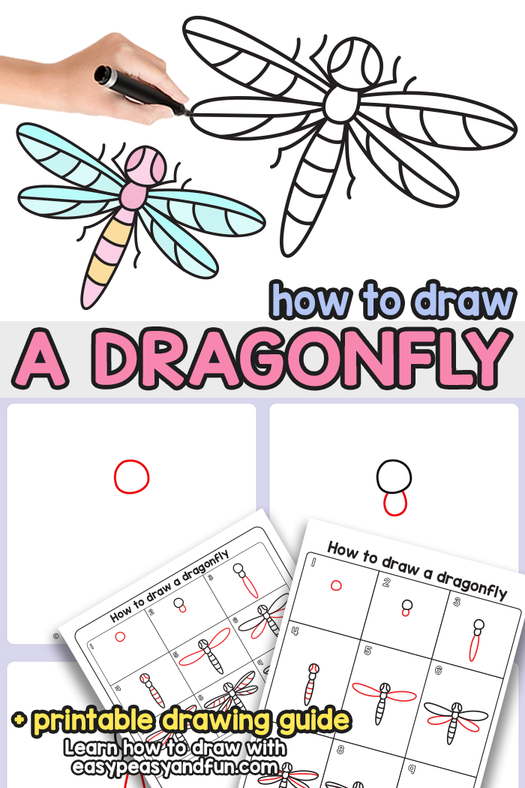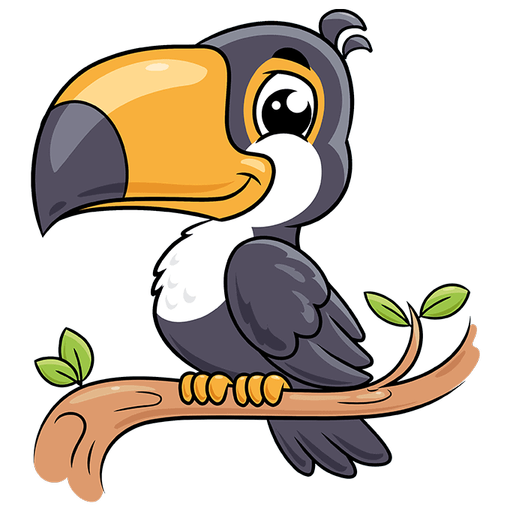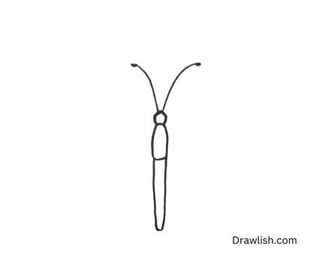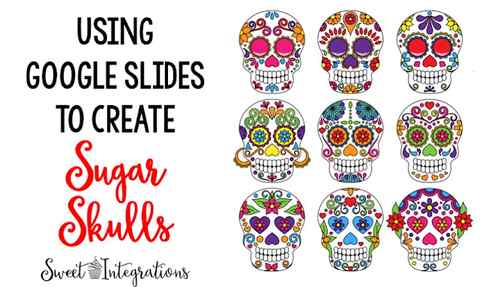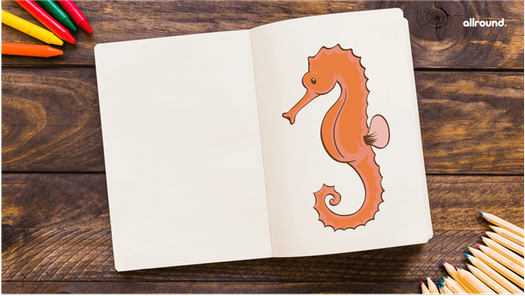Contributor
Butterfly Symmetry
Symmetry is when two parts of a whole are exactly identical. Something is symmetrical if you can draw a line down it and each side looks the same. This is called the Line of Symmetry. Take for example a heart. It has one line of symmetry. If you were to put a mirror on the vertical line shown below you would see the other side of the heart in the mirror. Two identical sides. This is symmetry. Other shapes, such as a square for example, have lots of lines of symmetry, meaning you could put a mirror on any of the lines shown above and they would all be symmetrical in the reflection of the mirror.

Nature loves symmetry. Humans are even symmetrical. Yes, you and me. We have a Line of Symmetry that can be drawn straight down the middle of us. On either side of this line we have, an eye, ear, nostril, half of our lips, and arm, a hand with five fingers, a leg and a foot with five toes.
What animals in nature can you think of that are symmetrical? Let’s think of a few. Why not get some books out or look on the internet to help them find some.
Using the iNaturalist app online or on your phones, do a species search for butterflies and look through the pictures with your children. Talk to them about what you have learned by now using eyes to see and connect their learning with the visual. What do they see looking at the butterflies? Are each of their wings the same as the other? Do they have a Line of Symmetry? Does this mean they are symmetrical?
Scientists, astronomers, mathematicians, artists, sculptors, philosophers, architects and interior designers have all been and continue to be fascinated by symmetry. No one has really been able to explain why we are so drawn to it or why symmetry is all around us. In fact, once you start to look around for it you’ll soon find you can’t stop and that it is everywhere.

Facts about Butterflies
- They are insects.
- They have four stages in their life cycle. Egg, caterpillar (larva), chrysalis (pupa) and butterfly (adult).
- hey have four wings.
- They live as a butterfly, depending on species from a week up to a year.
- The patterns on their wings are made from tiny scales.
- Like bees they eat nectar from flowers.
- Some taste with their feet.
- Images of butterflies can be seen in Ancient Egyptian frescoes in Thebes. They are 3,500 years old!
- But butterflies are older then that, they are dinosaur old. The earliest butterfly fossil found dates back 56 million years ago! Palaeontologists and scientists believe they emerged when flowers did.
Fully grown butterflies need flowers to feed on, so plant some nectar flowers. Do some research to see what butterflies live in your area and what flowers they like to feed on.
They like eat and rest in the sun (who doesn’t enjoy eating in the sun?!), so plant the flowers in a place the sun will hit them.
Keep the soil moist as they like to drink water from moist areas.
Did you know they love eating citrus fruit like oranges and pineapples too. If you have squeezed some oranges for juice and have left over pineapple cuttings, put them back into nature so that they can eat them. Giving back to nature doesn’t have to be complicated.
Symmetrical Butterfly Activity

Teaching children about symmetry can be tricky without physically showing them and getting them to interact with an activity about it. This way they are able to put into action what they are learning and it will more likely continue to be something they remember. In our activity, ‘Butterfly Symmetry’, we are using an easy age old craft I remember doing myself when little. It is simple but a very effective way to teach the subject of symmetry. Symmetry is beautiful and each butterfly you create will be a unique masterpiece illustrating just this. So join us and lets get creating!

This mode puts a guideline vertically down the middle of your canvas. Anything you draw on one side of the canvas will be reproduced in real-time on the other side.
You can move and rotate this guide to create mirrored results on an angle.

Horizontal Symmetry
This mode puts a guideline horizontally across the middle of your canvas. Anything you draw on the top half of the canvas will be reproduced in real-time on the bottom half, and vice versa.
You can move and rotate this guide to create mirrored results on an angle.

Quadrant Symmetry
This mode divides your canvas into quadrants using both a horizontal and vertical guideline. Anything you draw in one quadrant will be reproduced in real-time in all the others.

